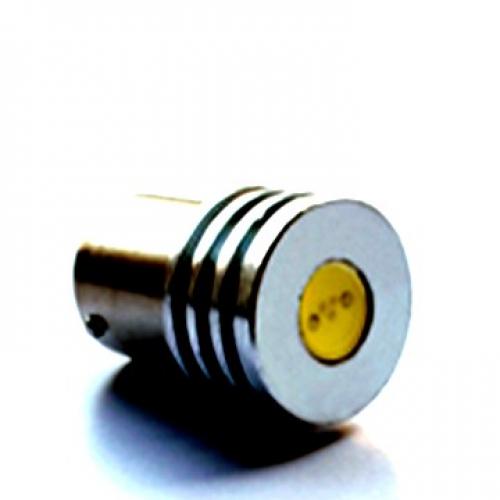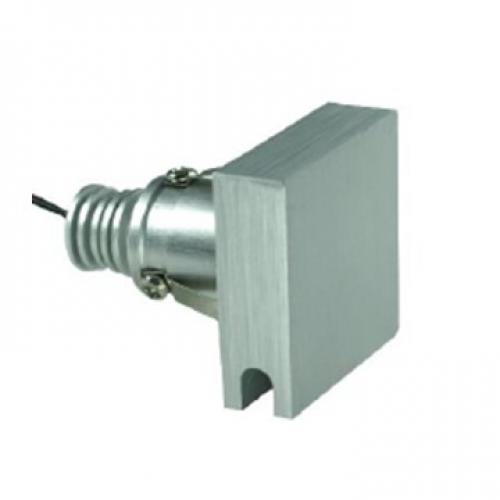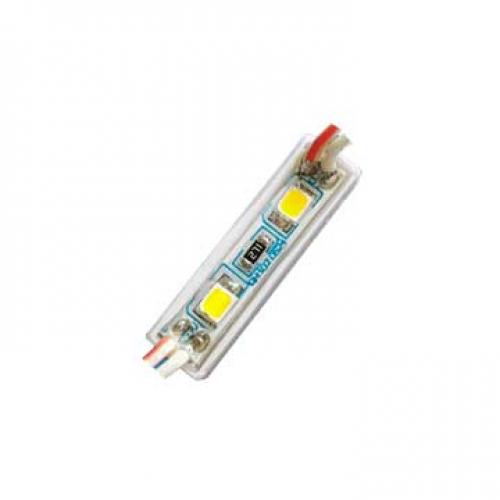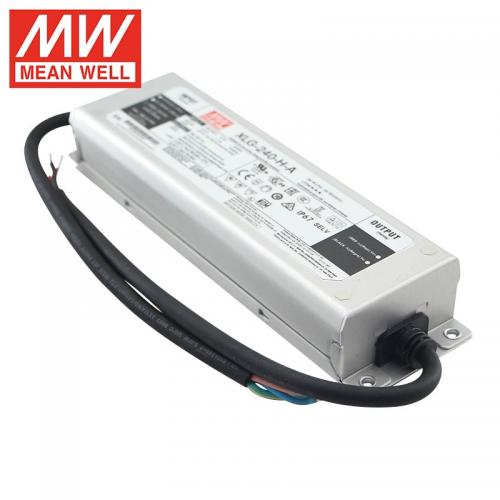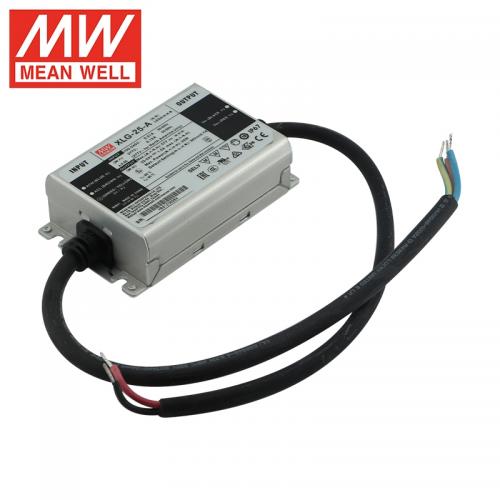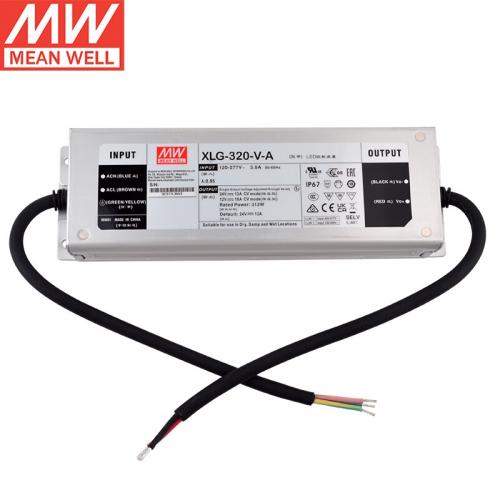What does a LED driver do?
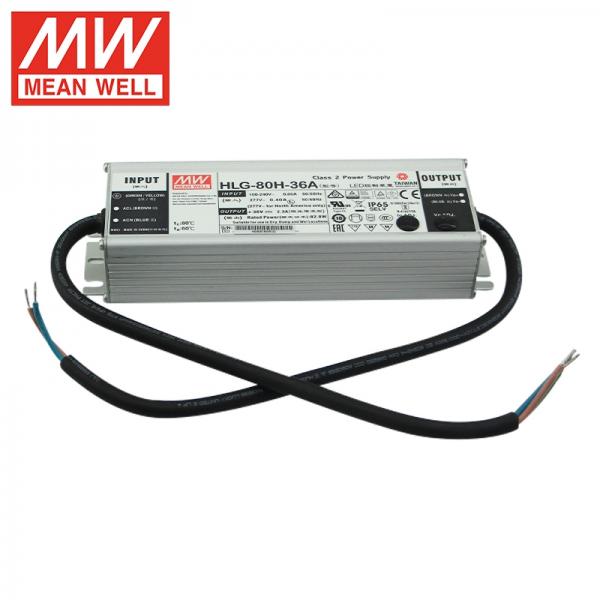
Light Emitting Diodes (LEDs) have revolutionized the lighting industry with their energy efficiency, long lifespan, and versatility. However, one of the most critical components that enable LEDs to function optimally is the LED driver. Understanding what an LED driver does is essential for anyone involved in lighting design, electrical engineering, or simply using LED technology in various applications. This article will delve into the role of an LED driver, its importance, types, and how to choose the right one for specific applications.
Understanding LED Technology
Before we dive into the specifics of LED drivers, it's crucial to understand how LEDs work. An LED is a semiconductor device that emits light when an electric current passes through it. Unlike traditional incandescent bulbs, LEDs require a precise amount of current and voltage to operate efficiently. This is where the LED driver comes into play.
What Does an LED Driver Do?
An LED driver is an electrical device that regulates the power to an LED or a string of LEDs. It provides the necessary current and voltage to ensure that the LED operates safely and efficiently. Here are the primary functions of an LED driver:
-
Current Regulation: LEDs require a constant current to operate correctly. Fluctuations in current can lead to reduced performance or even damage the LED. The LED driver ensures a steady current supply, regardless of changes in voltage.
-
Voltage Regulation: While LEDs are current-driven devices, they also require a specific voltage range to function. The LED driver adjusts the voltage to match the LED's requirements, preventing over-voltage situations that could harm the LED.
-
Protection: LED drivers offer protection against over-voltage, over-current, and thermal overloads. This protection is crucial for extending the lifespan of the LED and maintaining its performance.
-
Dimming Control: Many LED drivers come with dimming capabilities, allowing users to adjust the brightness of the LED. This feature is particularly useful in applications where lighting needs to be adjusted for ambiance or energy savings.
-
Power Factor Correction: Some LED drivers include power factor correction, which improves the efficiency of the power supply and reduces the load on the electrical system.
Types of LED Drivers
LED drivers can be broadly categorized into two types: constant current and constant voltage. Each type has its specific applications and benefits.
-
Constant Current LED Drivers: These drivers provide a fixed current to the LED and adjust the voltage as needed. They are ideal for applications where precise current regulation is critical, such as in high-power LEDs used in industrial or commercial lighting.
-
Constant Voltage LED Drivers: These drivers supply a fixed voltage to the LED and adjust the current as necessary. They are commonly used in applications where multiple LEDs are connected in parallel, such as in LED strips or signage.
Key Considerations for Choosing an LED Driver
Selecting the right LED driver is crucial for ensuring the optimal performance and longevity of your LED lighting system. Here are some factors to consider:
-
Compatibility: Ensure that the LED driver is compatible with the specific LED or LED array you are using. Check the voltage and current requirements of your LEDs and match them with the driver's specifications.
-
Power Output: The power output of the driver should match or exceed the total power requirement of the LED system. This ensures that the driver can handle the load without overheating or failing.
-
Dimming Needs: If you require dimming capabilities, choose a driver that supports the desired dimming method, such as PWM (Pulse Width Modulation) or analog dimming.
-
Environmental Conditions: Consider the operating environment of the LED system. If the LEDs will be used in harsh conditions, such as extreme temperatures or moisture, select a driver with appropriate protection ratings.
-
Efficiency: Look for drivers with high efficiency ratings to minimize energy loss and reduce operating costs.
-
Size and Form Factor: The physical size and shape of the driver should fit within the available space for installation. Compact drivers are preferable for applications with limited space.
Applications of LED Drivers
LED drivers are used in a wide range of applications, from residential lighting to complex industrial systems. Here are some common applications:
-
Residential Lighting: In homes, LED drivers are used in ceiling lights, lamps, and under-cabinet lighting. Dimmable drivers are popular for creating adjustable lighting environments.
-
Commercial Lighting: Offices, retail spaces, and hospitality venues use LED drivers in downlights, track lighting, and display lighting. Drivers with high efficiency and dimming capabilities are often preferred.
-
Outdoor Lighting: LED drivers are essential for streetlights, landscape lighting, and signage. These applications often require drivers with robust protection against environmental factors.
-
Automotive Lighting: LED drivers are used in car headlights, taillights, and interior lighting. Drivers designed for automotive use must withstand vibrations and temperature fluctuations.
-
Industrial Lighting: Factories and warehouses use high-power LED systems for efficient and reliable lighting. Constant current drivers are typically used in these settings to ensure consistent performance.
Conclusion
The LED driver is a vital component in any LED lighting system, ensuring that the LEDs receive the correct power to operate efficiently and safely. By regulating current and voltage, providing protection, and offering dimming capabilities, LED drivers enhance the performance and lifespan of LEDs. When choosing an LED driver, it's important to consider factors such as compatibility, power output, dimming needs, environmental conditions, efficiency, and size. Understanding these elements will help you select the right driver for your specific application, ensuring optimal performance and energy savings. As LED technology continues to evolve, the role of LED drivers will remain critical in unlocking the full potential of LED lighting solutions.

 Afrikaans
Afrikaans Čeština
Čeština Dansk
Dansk Deutsch
Deutsch Español
Español Francais
Francais Italiano
Italiano Magyar
Magyar Nederlands
Nederlands Norsk
Norsk Polski
Polski Português
Português Română
Română Slovák
Slovák Suomi
Suomi Svenska
Svenska Tiếng Việt
Tiếng Việt Türk dili
Türk dili Ελλάδα
Ελλάδα Русский
Русский اللغة العربية
اللغة العربية แบบไทย
แบบไทย 中文繁體
中文繁體 日本語
日本語 한국인
한국인

